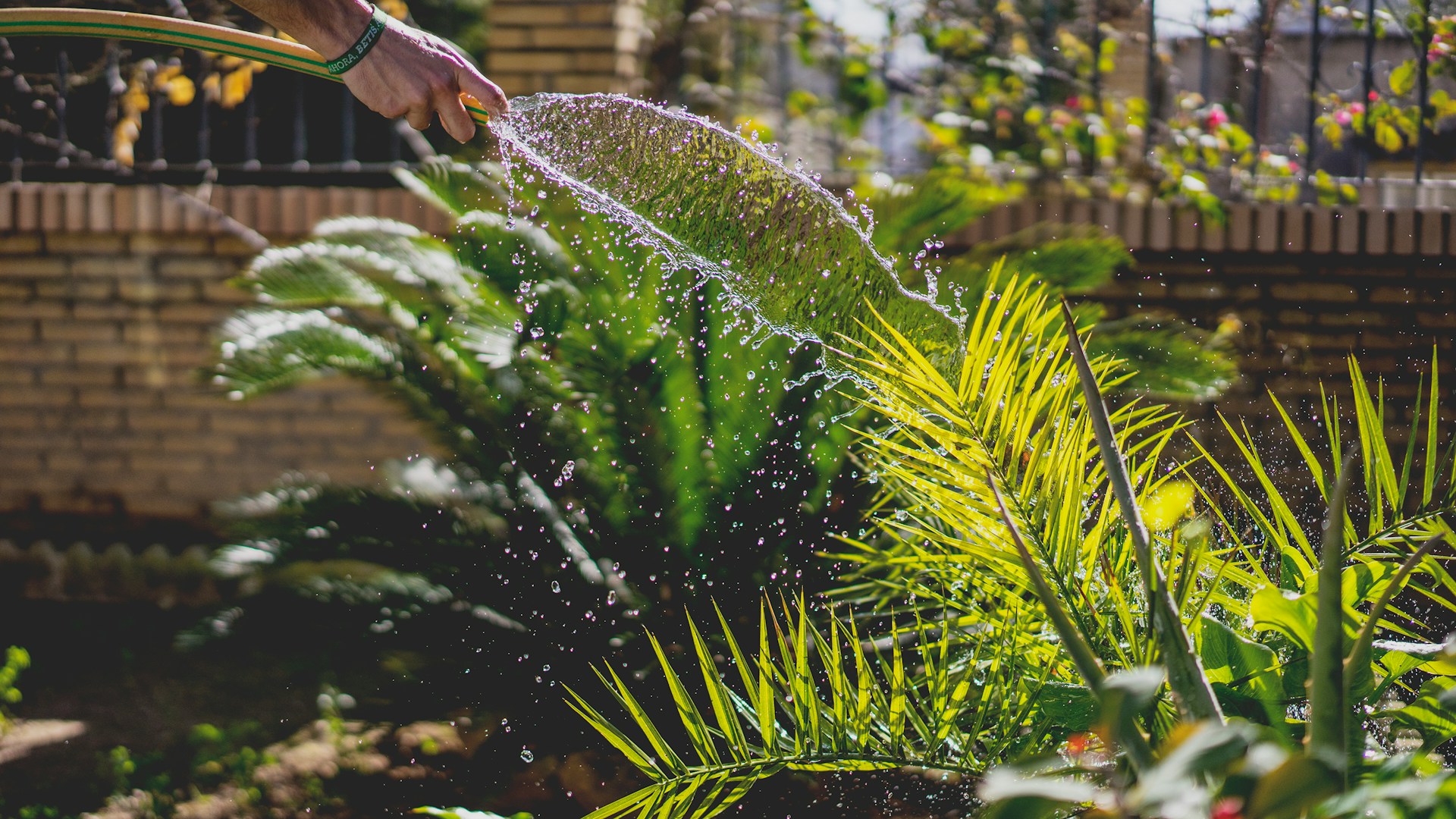Bringing a new plant home is exciting. You find the perfect spot, admire its green leaves, and commit to giving it the best care possible. For most new plant parents, that means giving it plenty of water. But what if we told you that the most common mistake in plant care isn’t neglect, but actually too much love—specifically, too much water?
Overwatering is the number one reason why houseplants fail, and it’s a trap almost every beginner falls into. Understanding when and how to water your plants is the single most important skill you can learn on your gardening journey.
To help you succeed, let’s look at the five most common watering mistakes and how to avoid them.
1. Watering on a Strict Schedule
It seems logical to water your plants every Saturday, but plants don’t use water according to our calendar. Their thirst depends on factors like light, humidity, temperature, and time of year. Watering on a fixed schedule is a fast track to overwatering.
- The Fix: Check the Soil First. Instead of looking at the calendar, check the soil. The “finger test” is your best friend: stick your index finger about an inch or two into the soil. If it comes out dry, it’s likely time to water. If it comes out moist, with soil sticking to it, wait a few more days and check again.
2. Giving Small, Frequent Sips of Water
Watering a little bit every day might feel like you’re giving your plant consistent attention, but it’s actually harmful. This practice only moistens the top layer of soil, preventing the roots deep in the pot from getting any water. This encourages a weak, shallow root system and can lead to the plant drying out, even when you think you’re watering it.
- The Fix: Water Thoroughly and Deeply. When it’s time to water, don’t be shy. Pour water evenly over the soil until you see it start to drain out of the holes at the bottom of the pot. This ensures that the entire root ball has access to moisture.
3. Letting the Plant Sit in a Puddle
After you’ve watered your plant thoroughly, what happens to the excess water? Many decorative pots come with an attached saucer, which will catch the runoff. Leaving the plant to sit in this puddle of water is a critical mistake. The soil will stay waterlogged, starving the roots of oxygen and leading to the dreaded root rot.
- The Fix: Always Empty the Saucer. About 15-30 minutes after watering, check the saucer. If there’s any standing water, pour it out. This ensures your plant’s roots can breathe.
4. Using a Pot Without Drainage Holes
This is one of the most common and fatal errors. A beautiful ceramic pot might look perfect in your living room, but if it doesn’t have holes in the bottom, it’s a death trap for your plant. Without drainage, water has nowhere to go. It pools at the bottom of the pot, suffocating the roots and guaranteeing root rot.
- The Fix: Drainage is Non-Negotiable. Always use a pot with drainage holes. If you fall in love with a decorative pot that doesn’t have them, you can use it as a “cachepot.” Keep your plant in its simple plastic nursery pot (with holes) and place it inside the decorative one. When you water, take the inner pot out, water it in the sink, let it drain completely, and then place it back.
5. Treating All Your Plants the Same
A fern that loves moisture and a desert-dwelling succulent have very different needs. Assuming that all your plants need the same amount of water is a recipe for disaster.
- The Fix: Know Your Plants. Do a little research on each plant you bring home. A quick search for “how to care for a Pothos” will tell you it likes to dry out slightly between waterings, while a search for a Calathea will reveal it prefers consistently moist (but not soggy) soil. Understanding their natural habitats will make you a much more intuitive plant parent.
By avoiding these common mistakes, you’ll be well on your way to mastering the art of watering and growing happy, healthy houseplants. I’m already taking better care of my plants myself!

